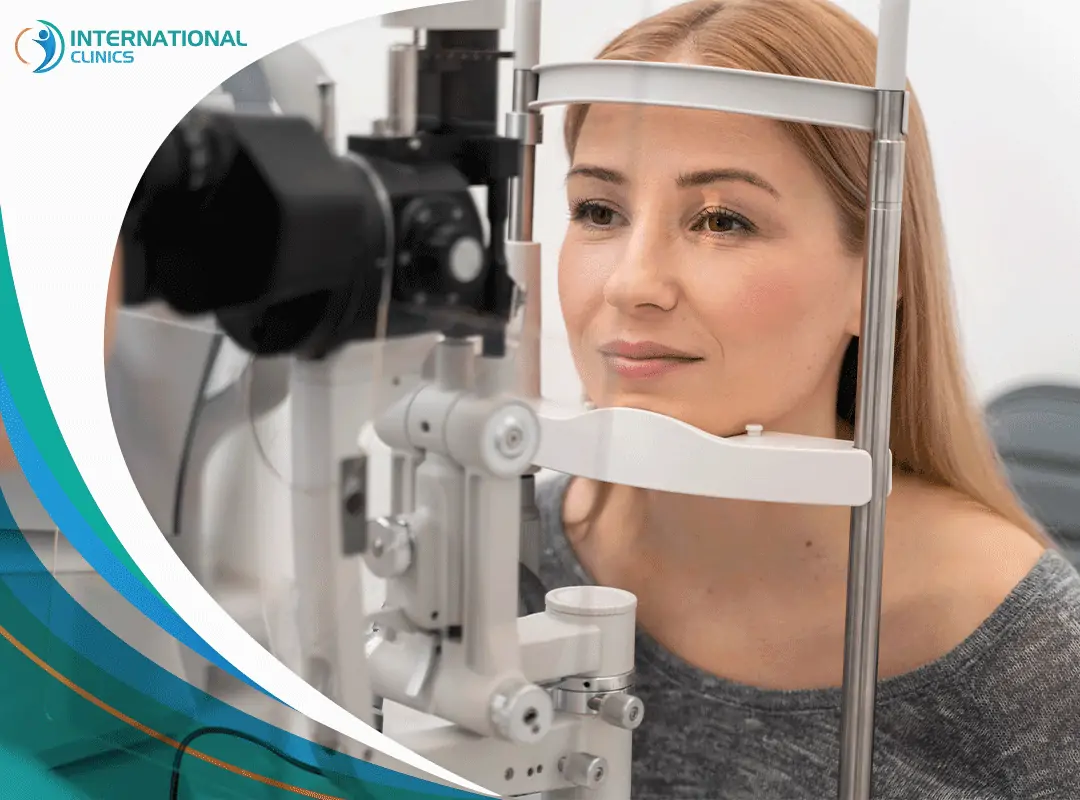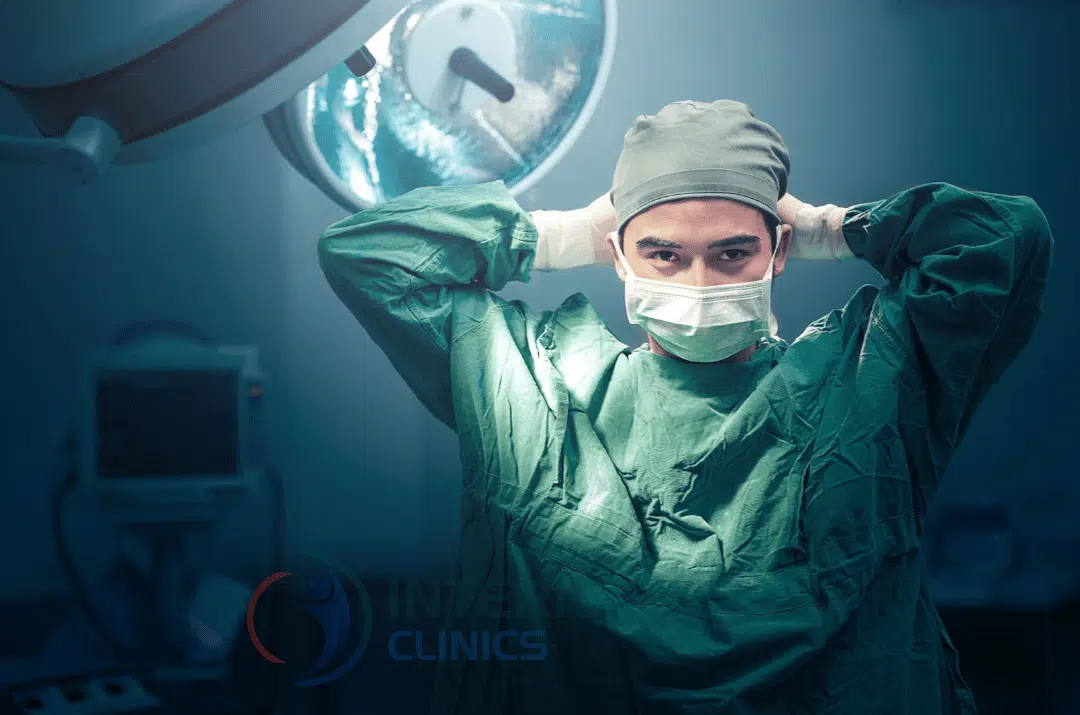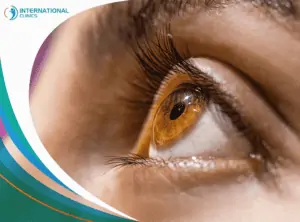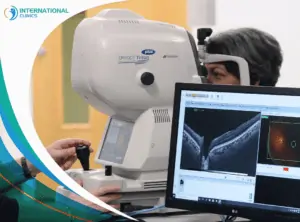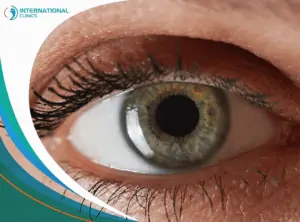The great development in medical technology has revolutionized the field of ophthalmology. It becomes easier and safer to undergo eye surgery, but eye surgery preparation remains an overlooked topic among the public.
Although eyeglasses became a remarkable medical development at a certain time, millions of patients can put an end to eyeglasses now, thanks to the newly emerging treatments that correct and stabilize vision for an extended time.
This includes vision correction surgeries through LASIK and other technologies. However, vision correction surgeries require several preparatory steps and conditions.
Needless to say, you must get the best doctor for LASIK eye surgery to get the best possible results. This article revolves around vision correction surgeries, procedures, and examinations. Let’s dive in!
Eye Surgery Preparation: The Right Age
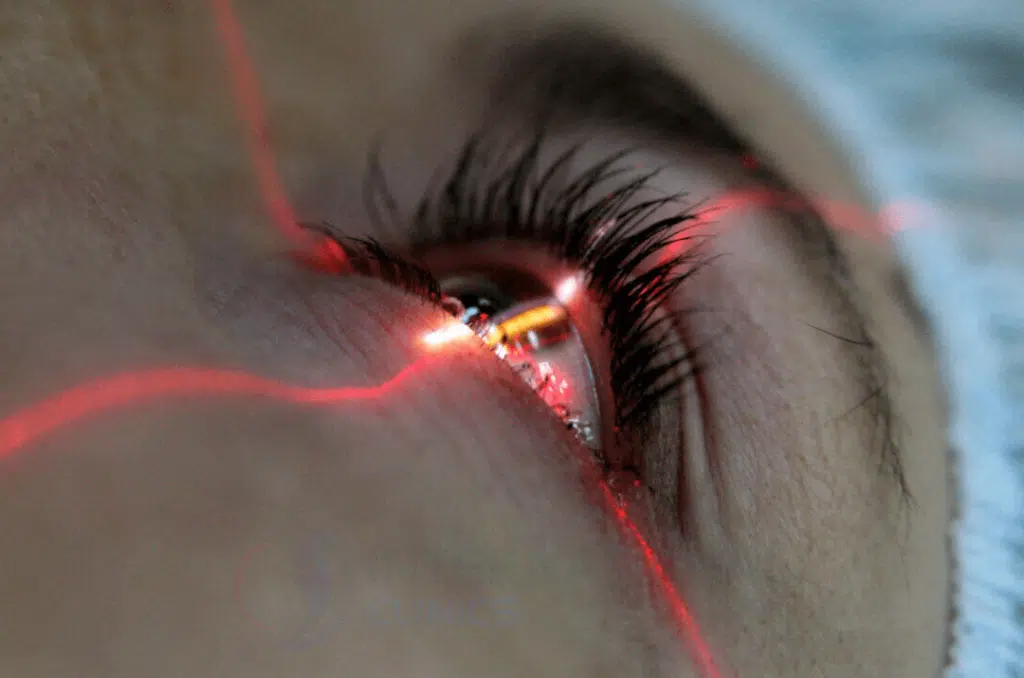
The appropriate age group for vision correction surgery is between 25 and 40 years old. This is because the vision becomes stable during this period of life. However, the age of eighteen is the minimum age requirement for vision correction surgery.
The best age for eye laser surgery is an important topic, yet so controversial. According to a recent study, under-correction and more unpredictability are more prevalent in older people after LASIK surgery to correct myopia.
Doctors recommend young people not to undergo the surgery until their eyesight is stable for several years even if they become 18 years old.
Eye Surgery Preparation: Important Questions
There is some information that your doctor may ask from you as a part of eye surgery preparation. They may discuss with you LASIK eye surgery pros and cons too. This includes questions such as:
- Do you suffer from eye diseases, such as vernal conjunctivitis, color blindness, or cataract? Or do you have glaucoma or even retinal impairment?
- Do you suffer from common diseases, such as diabetes or high blood pressure?
- Have you ever had any eye surgeries before?
- What kinds of medications you’re taking?
- Have you ever worn any type of contact lens? If any, how long have you been wearing contact lenses? How long has it been since the last day you wore contact lenses?
Eye Surgery Preparation: Diagnostic Procedures & Tests
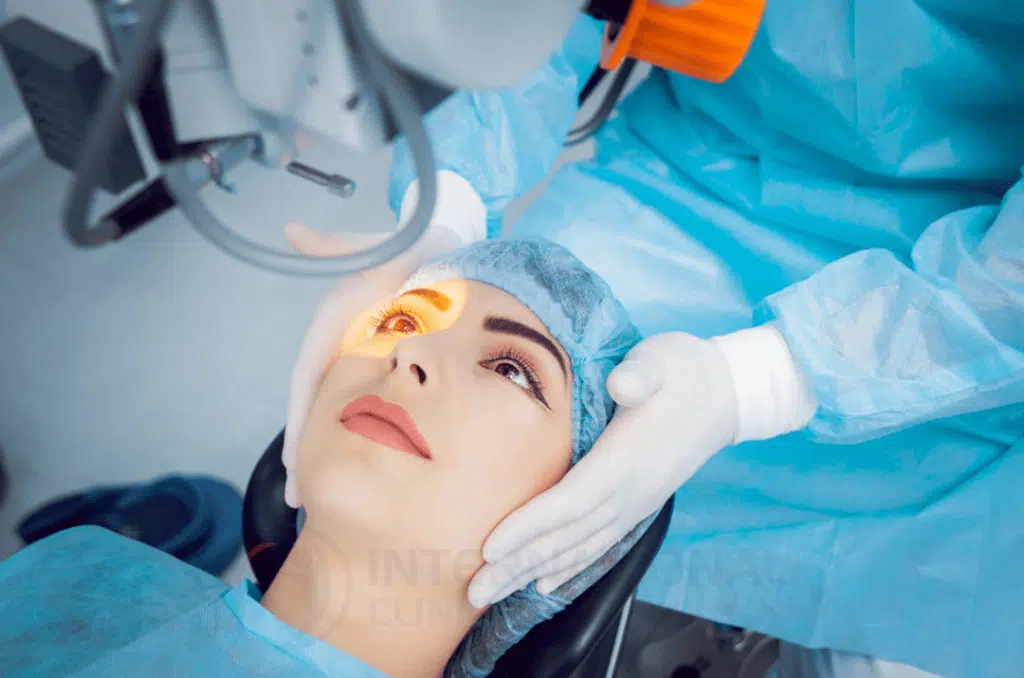
After collecting the required information, you will go through some tests and procedures necessary as part of eye surgery preparation.
Corneal Topography
This examination involves topographic imaging of the eye, in which a specialized device is used to identify the current shape and topography of the cornea. The device is able to take very accurate images of the cornea.
The camera in this examination is highly advanced and quick and can produce images of the cornea on different axes in just a couple of seconds. The programmed camera merges the photos together to display an accurate topography of the cornea, considering the thickness of the cornea.
Visual Acuity
This test investigates visual acuity by using a sophisticated device that measures the cornea’s ability to reflect rays on the patient’s cornea. This device can scan each eye to detect nearsightedness, farsightedness, or astigmatism.
Other Tests
Choosing other tests depends on the results of the previous tests. Some of these tests help the doctor assess the extent of the eye’s ability to see things clearly from different distances.
Eye Surgery Preparation: The Right Type
Many techniques and types of vision correction surgeries have become available for people. Rationally, you need to consult your doctor to choose the right type for you.
Choosing the type of eye surgery depends largely on the eye problem that you have. If you have cataracts, you may need a phaco surgery. Meanwhile, if you have glaucoma, you may need a surgery called trabeculectomy.
Also, eye surgery can be performed for cosmetic purposes. For example, you can have trending black swan eye surgery, eyelift, or eyelid surgery to fix the drooping eyelid and other deformities. Eye surgery cosmetic pictures become widely available for those who have the interest to undergo such surgery.
In any case, The most common type of eye surgery is “eye corrective surgery”. Below are the most common eye corrective surgeries:
Laser In-Situ Keratomileusis (LASIK)
LASIK makes it easier for light to focus on the eye. The surgery can reshape the underlying corneal tissue and fix astigmatism, nearsightedness, and farsightedness. To access the underlying tissue, your surgeon must create a flap in the outside layer of the cornea.
Photorefractive Keratectomy (PRK)
PRK reshapes the cornea by using a laser beam, just like LASIK. However, PRK only reshapes the surface of the cornea. This makes it a great choice to fix moderate cases of astigmatism, nearsightedness, and farsightedness.
Laser Epithelial Keratomileusis (LASEK)
Most surgeons consider LASEK to be a type or variation of PRK. Your surgeon will use a laser to reshape the cornea, besides applying an alcohol solution to loosen the epithelial cells and create the flap. This type can also treat astigmatism, nearsightedness, and farsightedness.
Automated Lamellar Keratoplasty (ALK)
ALK doesn’t involve using a laser, but it’s superior to LASIK when it comes to treating severe nearsightedness and certain cases of farsightedness. During the procedure, your surgeon will create a corneal flap to correct vision.
Refractive Lens Exchange (RLE)
RLE is also called clear lens extraction (CLE) or refractive lens replacement (RLR), and is commonly used to treat cataracts by replacing the lens with a silicone or plastic lens. Some surgeons, however, use it to correct severe farsightedness or nearsightedness in certain cases.
Presbyopic Lens Exchange (PRELEX)
PRELEX is a procedure that can fix a condition called presbyopia. This condition occurs when the lens loses flexibility, making it harder to focus on objects. PRELEX involves implanting a multifocal lens to restore normal vision.
Other Types
Other less-known corrective surgeries include EpiLasik, Intacs or intracorneal ring segments (ICR), astigmatic keratotomy (AK), and phakic intraocular lens implants. Also, other types of LASIK surgery are available, such as Femto LASIK.
Eye Surgery Preparation: Things to Do at Home
Whether you have surgery to fix cataracts, glaucoma, or refractive errors, you need certainly to prepare yourself at your home before going forward. Below are some things to do at your home as a part of eye surgery preparation:
- Use antibiotic eye drops a few days before the procedure
- Stop wearing contact lenses to avoid eye irritation
- Avoid using cosmetics, spray-on deodorant, and perfumes
- Do not eat or drink past midnight and follow your doctor’s advice on fasting
- Observe your eye health during the days leading to the surgery
- Prepare for your recovery by asking other people to help you
- Discuss your medications with your doctor
Steps of LASIK Vision Correction Surgery
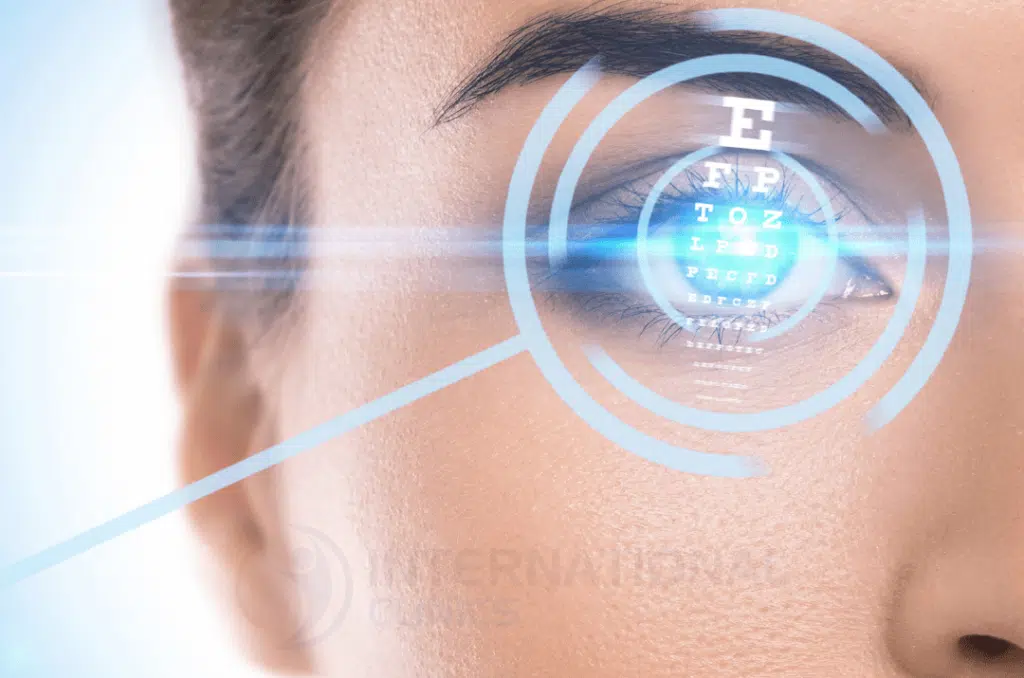
Once eye surgery preparation is complete, you will reserve an appointment for your surgery with your surgeon. LASIK vision correction surgery goes through several steps and stages, including:
Step One: Anesthesia
The surgeon puts a few drops of an anesthetic agent into your eye so that they can raise the eye to a certain level and allow more space to perform the LASIK vision correction surgery.
Step Two: Sterilization
your surgeon puts a small amount of antiseptic solution (iodine) around your eye to disinfect the skin around the eyelids and eyelashes and prevent the transmission of germs to the eyes.
Step Three: Eyelids Separation
To separate the eyelids, your surgeon uses a specific instrument to keep them apart as possible, so that they can perform the surgery and reach the cornea of the eye more easily.
Step Four: Flap creation
This step involves the use of a small ring to stabilize the eye and cut the flap. Next, your surgeon uses a device called a microkeratome to cuts the surface of the cornea in the shape of a crescent and determines the appropriate depth of the cut needed to stabilize the cornea upwards.
Step Five: Correction
Based on the data obtained before vision correction surgery, the doctor asks the patient to look at an intermittent red light. This allows the excimer laser device to adjust the inner shape of the cornea. The whole step lasts from several seconds to about two minutes, depending on the patient’s condition and the degree of adjustment required.
The patient feels immediate improvement after the LASIK surgery, but with some discomfort. The complete recovery of the corneal surface takes around two weeks, during which the patient puts eye drops in the eye to prevent contaminations or infections.
At the end of two weeks, the doctor removes the plastic cover over the eye that they placed immediately after the LASIK vision correction surgery.
After Eye Surgery
Eye surgery can save eyesight and improve the life quality of people. Cataract surgery, for instance, has saved the sight of more than 200 million people worldwide, leading many news sources to call it a “miracle”. However, to avoid complications after eye surgery, including LASIK surgery, please follow the next instructions to avoid complications:
- Wear sunglasses for some time.
- Stay in a cool place.
- Expect an eye surgery scar after some eye cosmetic surgeries.
- Use rehydration eyedrops as prescribed by the doctor.
- The recovery period shall not be less than two weeks and the patient should rest during this period at home.
Benefits of Vision Correction Surgery
Eye corrective surgeries are very useful in many cases. Here are some of their benefits:
- Vision correction surgeries can treat astigmatism, nearsightedness, and farsightedness.
- They address vision problems in individuals who may develop vision problems in the future or those who may suffer from such problems when they become old.
- They replace corrective lenses or eyeglasses as they adjust the cornea and lens to focus light on the back of the eye all the time.
- Their recovery is usually seamless and complications are very rare.
Risks of Vision Correction Surgeries
If eye surgery preparation and conducting go smoothly as planned, it becomes very unlikely to have any complications. However, the possibility still exists. Side effects and risks associated with eye correction surgeries include:
- Dry eyes, because during vision correction surgeries the nerves responsible for tears production may be cut off
- Itching and feeling the desire to rub the eye in the first days after the surgery.
- On the first day after the procedure, the patient may suffer from light sensitivity.
- Like any surgery, there is a possibility of developing infections.
- Some of those who have undergone vision correction surgery may not notice any vision improvements. This is because they should use eyeglasses until their vision improves.
- If patients look at the light after the surgery, they may see black spots that mix with the colors. This does not last more than two to three months after the surgery.
- In the first month after vision correction surgery, some patients complain of blurred vision, but this usually improves with time.
- Infections and microbial invasions inside the cornea. This is due to the lack of sterilization inside the operating room.
- Some people may suffer from double vision.
- Distortions and irregular corneal surfaces.
Contraindications of Eye Surgery
Sometimes surgeons avoid suggesting eye surgery. Such thing could be the result of the following:
- One of the contraindications of vision correction surgery is the persistent instability of eye health. Vision correction surgery is only available for those above the age of twenty because there are changes that occur in the eye before this age and these changes make children and adolescents unsuitable to undergo this surgery.
- Taking some medications that interfere with vision correction surgery.
- Hormone fluctuation is also one of the contraindications of vision correction surgeries. This fluctuation may result from certain conditions, such as diabetes.
- Problems that affect the immune system, such as rheumatoid arthritis and lupus.
- Keratoconus prevents the conduct of corrective vision surgery.
- Pregnancy, which causes hormonal imbalance, is also one of the contraindications of vision correction surgeries.
The Bottom Line
A careful eye surgery preparation is not something you can overlook easily. In fact, there are a lot of things that you need to go through before undergoing any eye surgery. You need to speak with your doctor, undergo the necessary diagnostic procedures, and do certain things to prepare yourself for the surgery.
At International Clinics, the preparation for eye surgery goes through different steps. You must meet your surgeon to determine the right type of surgery after scanning your eye and taking the right measurements. Thankfully, we have LASIK eye surgery best doctors. If you need help, you can reach us by clicking on the buttons below.
Frequently Asked Questions (FAQ)
Can You Eat or Drink Before Eye Surgery?
Most surgeons recommend their patients stop eating solid food and thick liquids 6 hours before eye surgery. Drink only soft liquids before the surgery.
Why Can’t You Drink Water Before Cataract Surgery?
The reason is quite simple: drinking or eating before cataract surgery can increase the possibility of acid reflux while you’re lying down during the surgery. Such a condition is not desirable for you and your surgeon.
Can You Shower Before Eye Surgery?
Most surgeons recommend their patients take a shower the night before or the morning of surgery. They also recommend using antibacterial soap to eliminate pathogens.
How Do You Wash Your Face After Eye Surgery?
You can wash your face after your eye surgery, but you must be very careful to not touch your eye. use a washcloth to carefully clean your face and avoid splashing water.
Why Do You Have to Take Eye Drops Before Cataract Surgery?
Doctors usually prescribe an antibiotic eye drop regimen before and after cataract surgery to prevent infection and inflammation. These eye drops are very important and should be taken as directed by your doctor.
Can You See During Eye Surgery?
You probably will remain able to see light or movements around you during your eye surgery. However, you can’t see what the surgeon does to your eye. Expect to feel some discomfort, but no severe pain.
Is Wine Harmful for Eyes?
Drinking alcohol is not recommended before surgery. However, wine contains useful antioxidants that may protect the eyes, but moderation is always the key when it comes to drinking alcohol.
Read More: Glaucoma Treatment in Turkey: Surgery & Other Options
